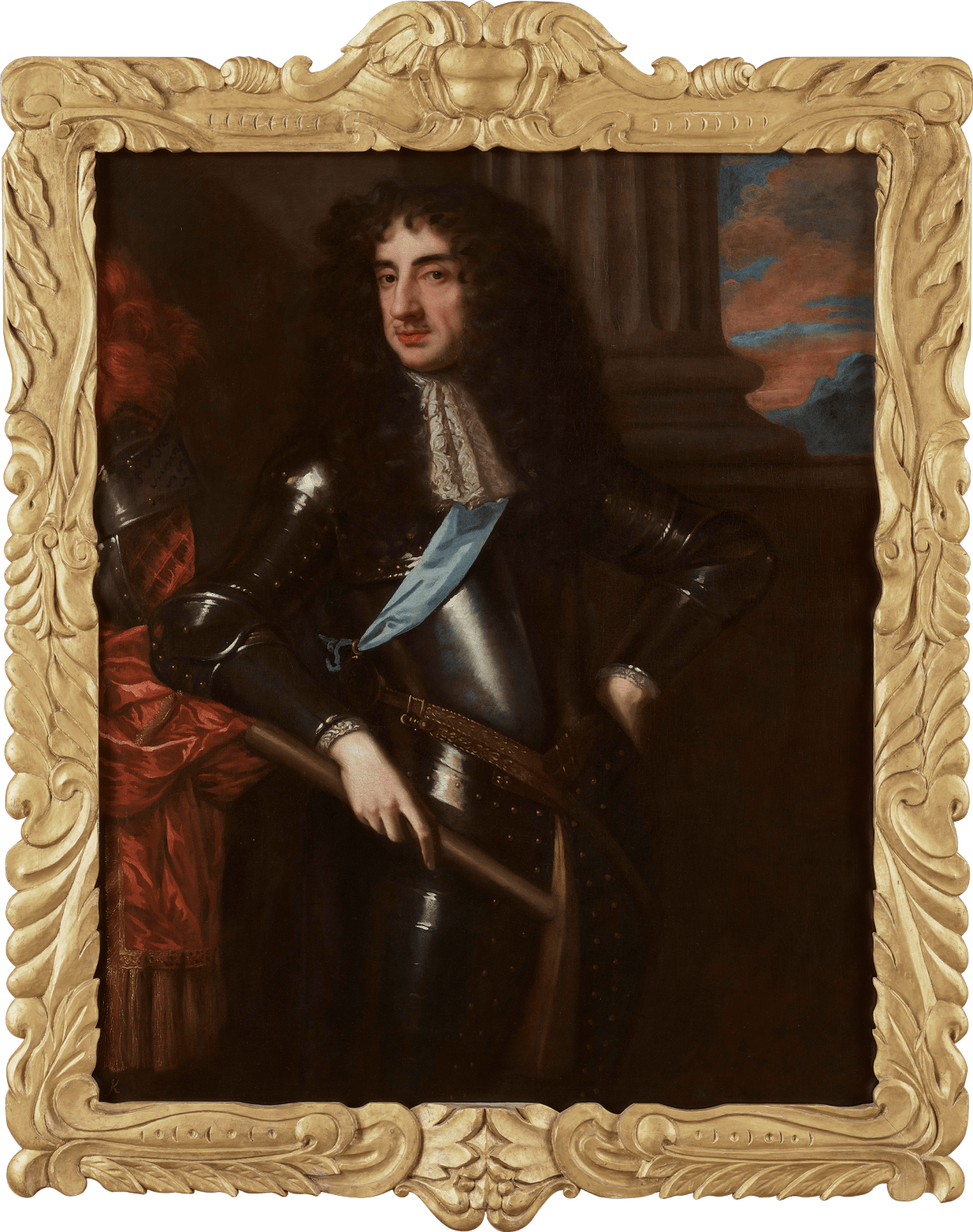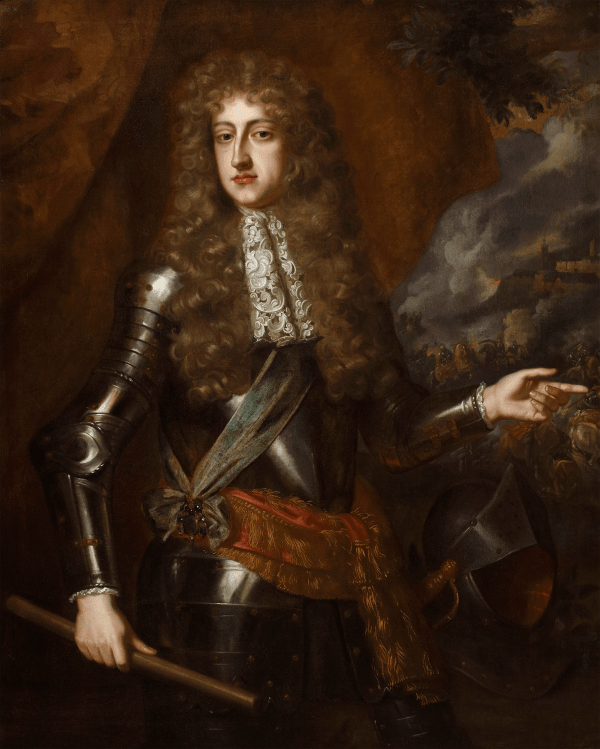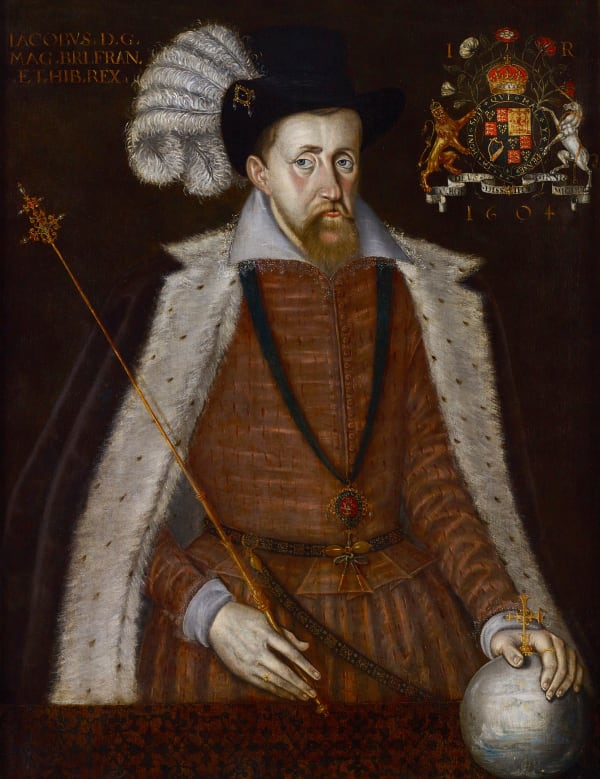
Lely, Studio of Sir Peter
To view all current artworks for sale visit philipmould.com
This exceptionally high-quality portrait of King Charles II derives from a now-lost original painted in the mid-1670s.
The present work was painted in the studio of Sir Peter Lely and successfully manages to portray the King in a relatively unostentatious yet authoritative manner; the distinct lack of conspicuous royal insignia is balanced by military attire and a striking posture. This pose, which was evidentially successful and much favoured, was one reserved by Lely for his most illustrious subjects, and we see it used again in a portrait of Thomas Butler, Earl of Ossory acquired by Duke Cosimo III for his collection at the Pitti Palace, Florence.[1]
Following the death of Cromwell and the Restoration of the monarchy in 1660, portraits such as this showing Charles as a strong royal leader were circulated widely amongst supporters of the monarchy. Depicted in armour, this image of Charles visually recounts Cromwell’s likeness in portraits such as that by Robert Walker, now in the National Portrait Gallery [NPG 536], painted twenty years previously. Although Charles holds a baton in this portrait, it is not outstretched suggesting active military service (as in Cromwell’s portrait), and is instead held passively. Lely’s portrait of Charles indicates military control but suggests his leadership does not warrant active military force as the rightful king.
Sir Peter Lely’s character and talent dominated the art world of the second half of the seventeenth century in England. Though Pepys famously described him as ‘a mighty proud man and full of state’, Lely’s skill for portraiture meant he assumed the mantle of Sir Anthony van Dyck with ease. Despite sharing the stage with many accomplished painters, the particular brio of his technique and his considerable personal charm guaranteed him the most prestigious patronage. Almost all of consequence in his age sat to him, and it is in his portraits that we form our conception of the cautious solemnity of the 1650s and the scandalous excesses of the years following the Restoration.
The influence and success of Van Dyck amongst the English patrons encouraged Lely to depart from his Dutch artistic roots, and he soon adopted a more Van Dyckian technique in response. This influence however was only really to flourish outwardly following the Restoration in 1660, when Lely’s sitters wished to be portrayed with all the flamboyance of their Caroline predecessors, and not the austere worthiness of the hated Cromwellian interregnum.
Other studio versions of this portrait, each with varying details, exist at Lamport Hall, Northamptonshire; Audley End House, Saffron Walden; and Cirencester Park, Gloucestershire.
[1] A.M. Crinò & O. Millar, ‘Sir Peter Lely and the Grand Duke of Tuscany’ in The Burlington Magazine, vol. 100, no. 661 (April 1958), pp.124-131.
Provenance
Sir William Worsley, Bt, Hovingham Hall;
By whom sold to Agnews, London in 1968;
By whom sold to Sotheby’s, London, 24 July 1968, lot 150;
Bought from above by ‘J. Flower’, £240;
Private collection, UK
- X
- Tumblr
This website uses cookies
This site uses cookies to help make it more useful to you. Please contact us to find out more about our Cookie Policy.
Be the first to hear about our available artworks
* denotes required fields
We will process the personal data you have supplied in accordance with our privacy policy (available on request). You can unsubscribe or change your preferences at any time by clicking the link in our emails.


